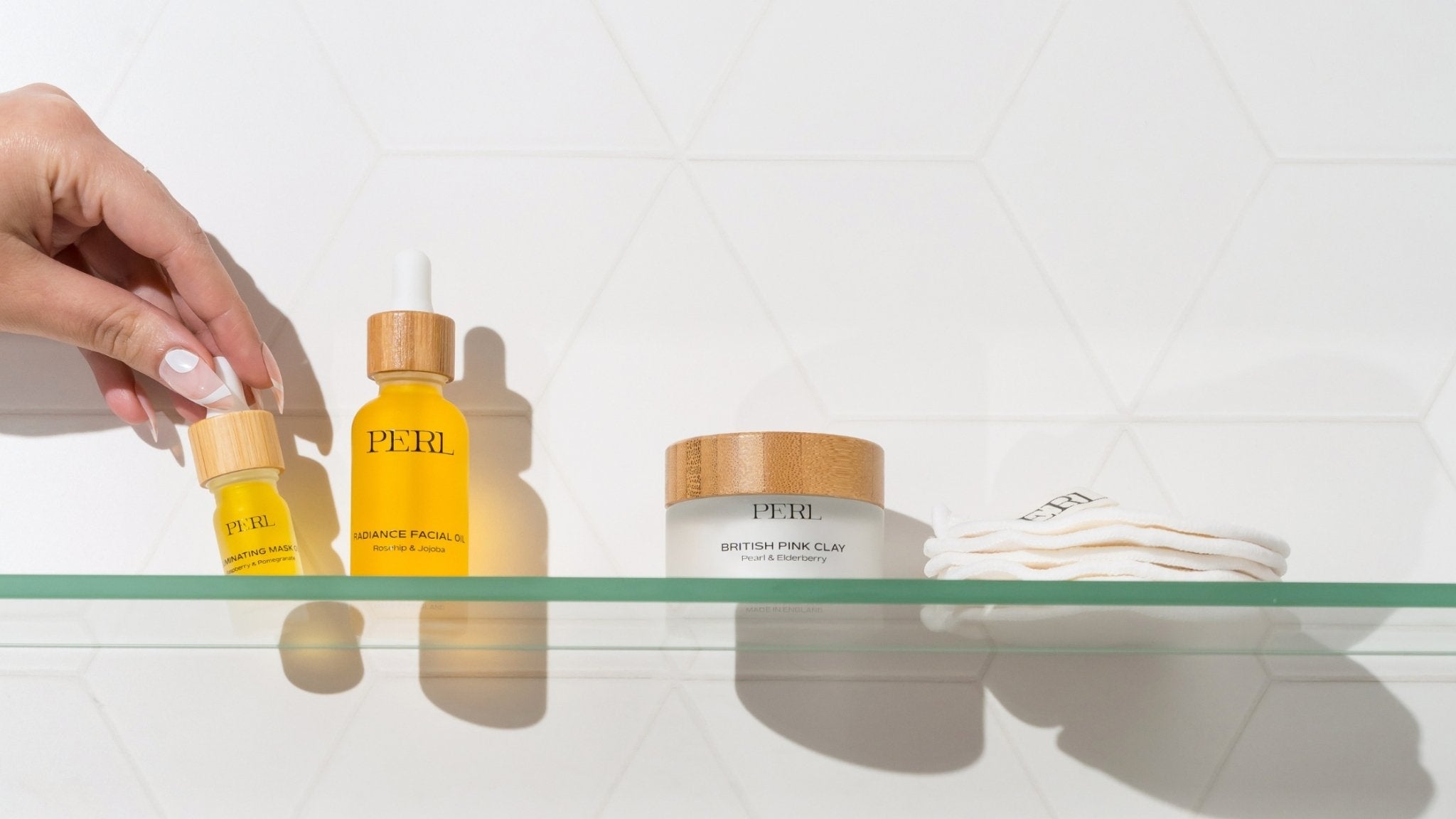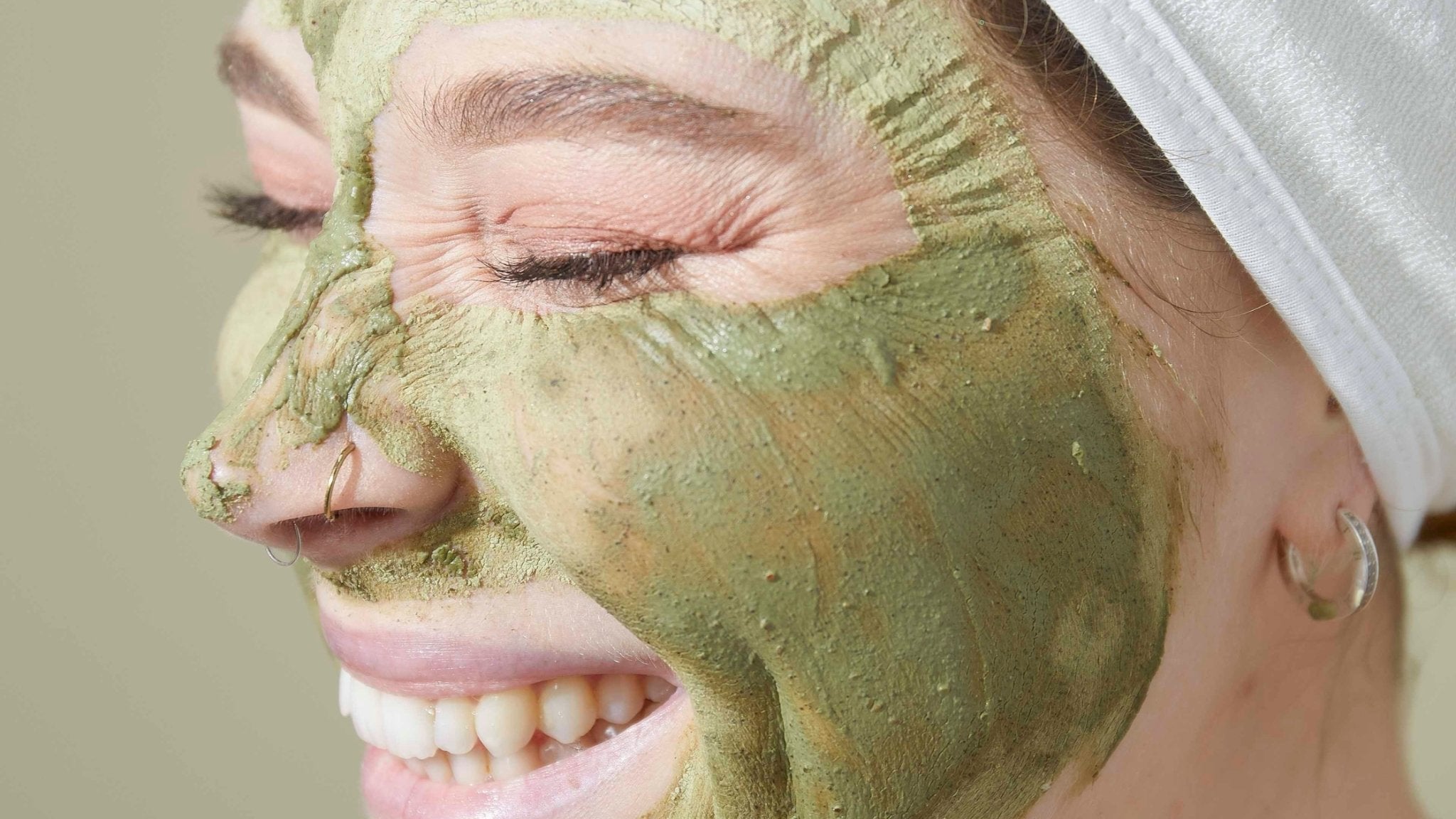
Skincare Ingredients You Can't Use Together: A Guide to Proper Layering
Building an effective skincare routine involves selecting the right ingredients that target specific concerns. However, it's important to understand that certain skincare ingredients may not work well together or could potentially cause irritation or decrease their efficacy when used simultaneously.
So, what skincare ingredients should you avoid using together?
Retinoids and AHAs
Retinoids, such as retinol, and AHAs (alpha hydroxy acids), like glycolic acid, are both potent ingredients known for their anti-aging benefits - but using these together can increase the risk of irritation.
Both ingredients work by exfoliating the skin and increasing cell turnover, which can potentially leading to dryness or sensitivity. To avoid irritation, it's best to alternate between the two, using retinoids on one evening and AHAs on another.
Retinoids and Benzyl Peroxide
Retinoids and benzyl peroxide can both be effective in preventing acne and reducing signs of aging. Benzyl peroxide may deactivate the retinoid molecule, so using at the same time can diminish the benefits.
Consider using a different acne-fighting ingredient to your address acne-prone skin while using retinoids. Or if prescribed by a dermatologist, opt for tretinoin, which is more stable and can be used alongside benzyl peroxide.
Retinoids and Vitamin C
Vitamin C is a powerful antioxidant that protects against free radicals, promotes collagen production, and helps prevent hyperpigmentation. However, retinoids and vitamin C work optimally at different pH levels, making it challenging to use them together.
To maximize their benefits, incorporate vitamin C into your morning routine and use retinoids in the evening.
Retinoids and Salicylic Acid (BHA)
Salicylic acid is excellent for treating acne and keeping pores clear, similar to retinoids. But both of these ingredients can be drying and potentially cause irritation when not used correctly.
To avoid drying out the skin and to minimise the risk of irritation, use salicylic acid in the morning and retinoids in the evening. This allows your skin to benefit from each ingredient without overwhelming it.
Soap and Vitamin C
Soaps often have a high pH level, which can increase the skin's pH and hinder the absorption of vitamin C. To ensure optimal absorption of vitamin C, avoid using soap-based cleansers before applying it. Instead, opt for a salicylic or glycolic acid-based cleanser, or simply cleanse with water before incorporating vitamin C into your routine.
We love the Inkey List Salicylic Acid Cleanser
Using Two of the Same Actives
Layering two products with the same active ingredient, such as two retinoid-based products, can potentially cause irritation and disrupt the skin barrier. It's best to stick to one product with a specific active ingredient and focus on incorporating complementary ingredients into your routine for a balanced approach to skincare.

How to layer your skincare ingredients correctly
Properly layering skincare ingredients is crucial to avoid irritation and ensure optimal results. If you experience redness, burning, flaking, or don't see the desired outcomes, it's essential to assess your skincare routine.
Adjust the timing and order of application, alternate between products, and consider seeking advice from a dermatologist if needed. By understanding how different ingredients interact, you can create a skincare routine that maximizes the benefits of each ingredient while maintaining healthy, radiant skin.
If your skin is sensitive or new to using actives, switching the order and applying your facial oil first could help your skin to adjust. Using your facial oil first will allow the retinol to sink slowly into your skin.
Try our Radiance Facial Oil for layering underneath a new product with active ingredients



Leave a comment
This site is protected by hCaptcha and the hCaptcha Privacy Policy and Terms of Service apply.